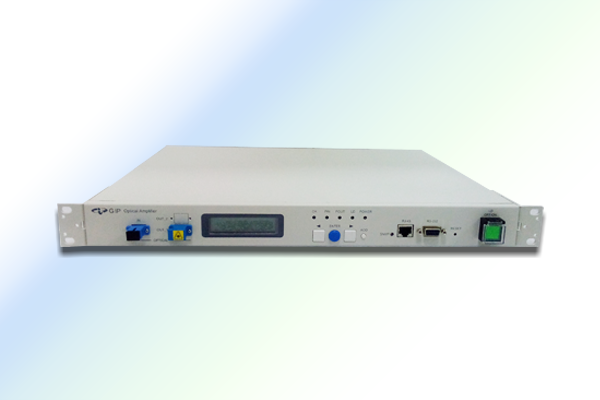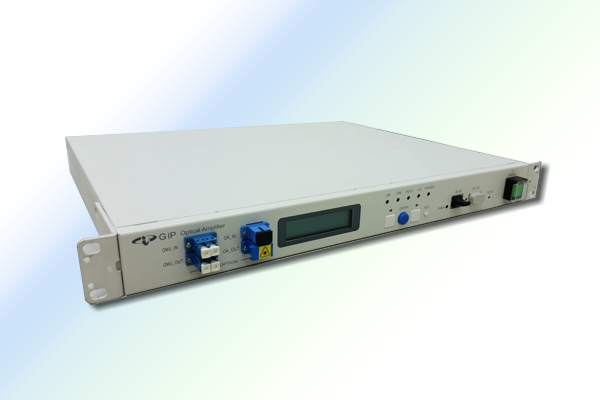

L-band Erbium-Doped Fiber Amplifier Unit
The product is designed for use in the single-channel applications. They amplify optical signals across the third or fourth telecommunication window.
- Description
- Features
- Applications
GIP Technology L-band Erbium-Doped Fiber Amplifier Unit (TLM-LEFA-00-00-U) is designed for use in the single-channel applications. They amplify optical signals across the third or fourth telecommunication window. This series incorporates a special, unique, and flexible structure to produce maximum signal gain and saturated output power while minimizing noise figure. Through optimization of these important amplifier parameters, this module will be easily deployed into any of high-quality telecommunication platforms.
The compact stand-alone type, it not only can be embedded in the EIA 19 and 23-inch rack-mounted chassis, but also can be placed on the desk.
In addition, these units also provide a user-friendly status monitoring via an LCD display, LED indicators, and various communication interfaces (RS232 and SNMP).
- Bit-rate transparency
- Optically isolated input and output ports to minimize system susceptibility due to connector reflections
- Input and output signal monitoring
- Front panel LCD display and status LED indicators for quick access of unit’s status
- RS-232 for local supervision
- Analog video transmission systems
- High speed transmission systems
- Components or manufacturing Subassembly test



